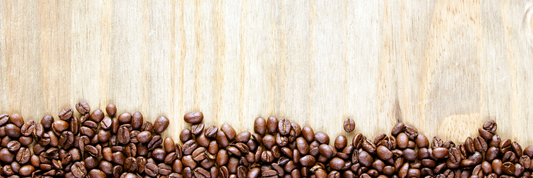Plastic straws are one of the most commonly used single-use plastics in the world. Known for their convenience and low cost, these straws have become ubiquitous in our daily lives. However, the environmental cost of using plastic straws is staggering. As awareness grows about the detrimental impact of plastic waste, questions arise about their lifespan in the environment and the need for alternatives.
The Lifespan of Plastic Straws
How Long Does It Take for a Plastic Straw to Decompose?
Plastic straws can take up to 200 years to decompose. Unlike organic materials, plastic doesn’t break down into natural components but instead fragments into smaller pieces called microplastics. These microplastics persist in the environment indefinitely, contributing to pollution and harming ecosystems.

Factors Affecting Decomposition
-
Type of Plastic: Most plastic straws are made from polypropylene, a durable plastic that resists natural decomposition processes.
-
Environmental Conditions: Exposure to sunlight (UV radiation), heat, and oxygen can slightly accelerate fragmentation but not full decomposition.
-
Presence of Microorganisms: The lack of microorganisms capable of breaking down synthetic polymers makes decomposition extremely slow.
-
Disposal Method: Plastic straws in landfills are shielded from sunlight and oxygen, further prolonging their decomposition time.
Comparison with Other Plastic Products
-
Plastic Bags: Approximately 20 years to decompose.
-
Plastic Bottles: Approximately 450 years to decompose.
-
Plastic 6-Pack Rings: Approximately 400 years to decompose.
Environmental Impact of Plastic Straws
Plastic straws are small and lightweight, making them easily transported by wind and water into natural environments. They contribute significantly to ocean pollution, where they:
-
Pose a choking hazard to marine animals.
-
Fragment into microplastics that are ingested by wildlife, entering the food chain.
-
Accumulate in ecosystems, disrupting biodiversity.

Alternatives to Plastic Straws
To mitigate the environmental impact of plastic straws, many eco-friendly alternatives have been developed. Below are some sustainable options:
1. Paper Straws
-
Decomposition Time: 2-6 weeks.
-
Advantages: Biodegradable, compostable, and widely available.
-
Disadvantages: May become soggy during use.

2. Metal Straws
-
Decomposition Time: Indefinite (reusable).
-
Advantages: Durable, long-lasting, and easy to clean.
-
Disadvantages: Higher initial cost and heavier.

3. Bamboo Straws
-
Decomposition Time: Several months to a year.
-
Advantages: Biodegradable, lightweight, and natural.
-
Disadvantages: Requires careful cleaning to prevent mold.

4. Bioplastic Straws
-
Decomposition Time: 8-20 months under industrial composting conditions.
-
Advantages: Made from renewable resources and breaks down faster than traditional plastic.
-
Disadvantages: Limited biodegradability in natural environments.
5. Sugarcane Straws
-
Decomposition Time: 3-6 months.
-
Advantages: Fully biodegradable, compostable, and derived from renewable agricultural byproducts.
-
Disadvantages: May not be as widely available as other alternatives.

6. Rice Straws
-
Decomposition Time: 1-3 months.
-
Advantages: Edible, biodegradable, and compostable.
-
Disadvantages: Short lifespan in liquids compared to other materials.

FAQs About How Long Do Plastic Straws Decompose?
Why do plastic straws take so long to decompose?
Plastic straws are made of synthetic polymers that resist natural decomposition processes. Their structure is designed for durability, not biodegradability.
Are plastic straws recyclable?
In theory, yes. However, their small size and lightweight make them difficult to recycle in standard facilities. Most plastic straws end up in landfills or the environment.
What happens to plastic straws in the ocean?
In the ocean, plastic straws break into microplastics due to wave action and sunlight but do not fully decompose. These microplastics are ingested by marine life, causing harm.
What is the best alternative to plastic straws?
The best alternative depends on your needs. For single-use options, paper, rice, and sugarcane straws are excellent biodegradable choices. For reusable options, metal and bamboo straws are durable and eco-friendly.
How can I reduce my use of plastic straws?
-
Opt for reusable straws made from metal or bamboo.
-
Refuse single-use plastic straws when offered.
-
Support businesses that use sustainable alternatives.
Conclusion
Plastic straws may be small, but their environmental impact is immense. With a decomposition time of up to 200 years, they are a persistent pollutant that harms wildlife and ecosystems. By understanding the consequences of plastic straw usage and embracing eco-friendly alternatives, we can take significant steps toward reducing plastic pollution and protecting our planet.




